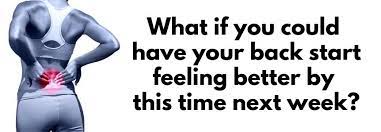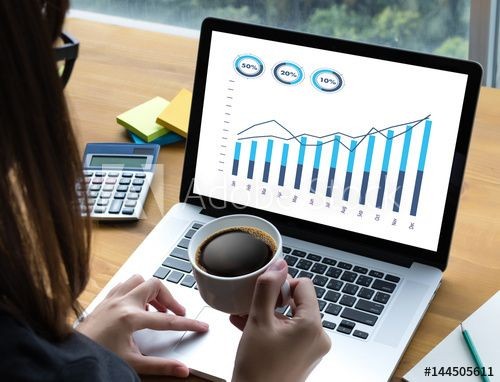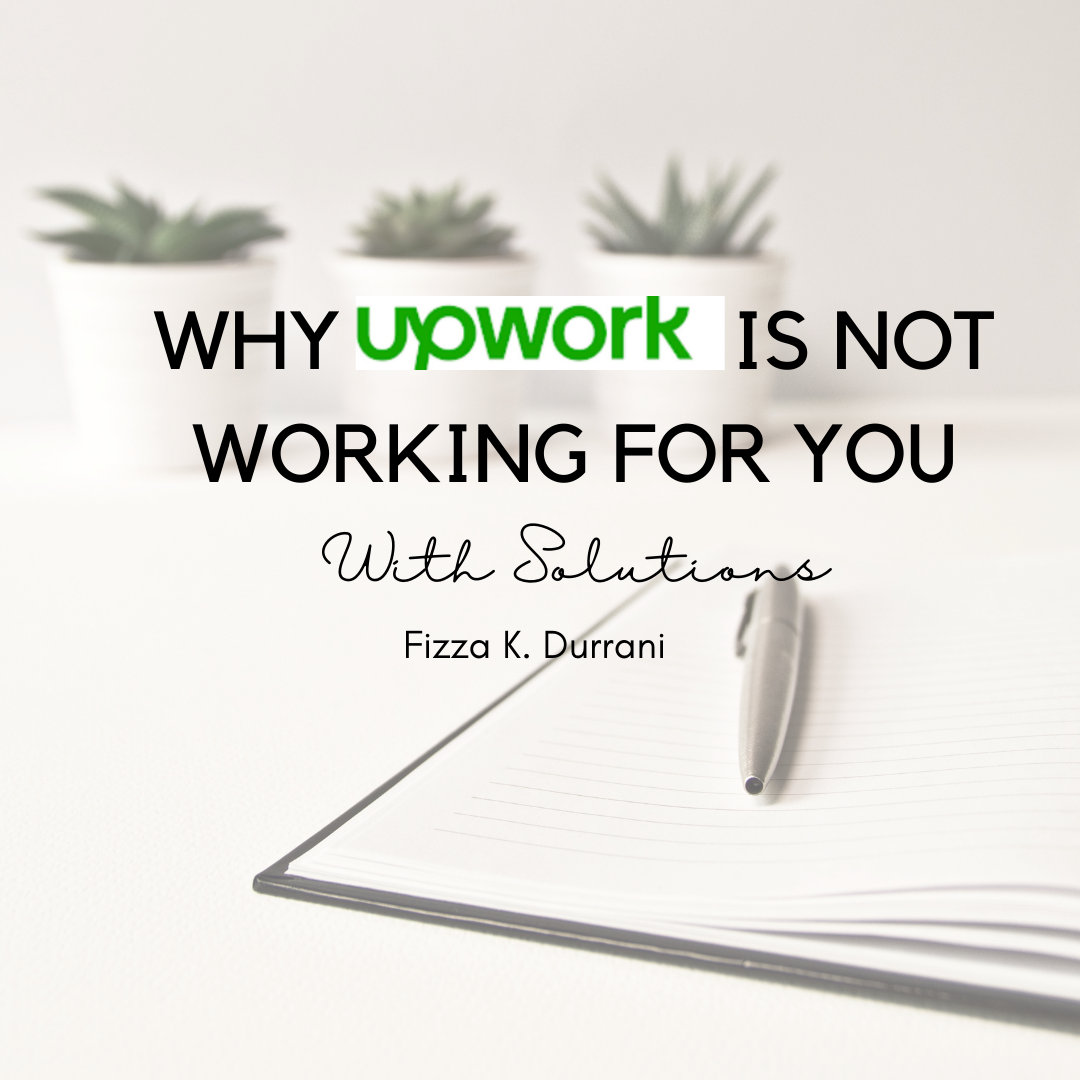
An extremely prevalent medical condition is back discomfort. It may be a continuous dull ache or an abrupt , intense pain. Sometimes, it can appear suddenly as a result of an accident , a fall or carrying something heavy.
However, it can also appear gradually as a result of degenerative changes to spine that occur with age. Back pain is a prominent cause of disability globally and one of the most frequent reasons individuals see the doctor or miss work.
This article will be a helpful guide if you are also suffering from or you know someone who is suffering with back discomfort.
STATISTICAL ANALYSIS
One of the most common health issues in the world, back pain affects the majority of individuals at some point in their lives. The following are Top Picks for Back Pain Statistics
- Back pain affects 540 million individuals worldwide at any given moment.
- Only 5% of persons who have back discomfort will eventually acquire chronic back pain.
- Around the world, 7.5% of people have lower back discomfort.
- People who are fat, over 30 and females are more likely to experience low back discomfort.
- One of the most frequent excuses for missing a day of work is back discomfort.
- Office employees will have lower back discomfort in about 4 out of 10 cases.
- Back pain in women is more common than in men
RISK FACTORS
It may effect anybody, even kid and teenagers. These elements can increase your chances to experience back pain
i. AGE
Back discomfort becomes more prevalent as you age, beginning around the age of 30 or 40
ii. NO PHYSICAL EXERTION
Back pain may be caused by underutilized, weak abdominal and back muscles.
iii. OBESITY
Your back is put under more strain if you are overweight.
iv. DISEASES
Back discomfort can result from specific forms of cancer and arthritic conditions.
v. INCORRECT LIFTING
Back pain can result from using your back instead of your legs .
vi. PYSCHOLOGICAL DISORDERS
Back ache seems to be more common among people who are prone to despair and anxiety
vii. SMOKING
Among smokers, it is very common. This could happen because smoking makes you cough more which may cause herniated disc. Smoking also raises the risk of osteoporosis and reduce blood flow to spine.
WHAT IS SOURCE OF MY BACK PAIN?
Causes of back pain may include
- Injury
- physical activity
- some medical conditions
People of any age might have faced it for a variety of reasons. . As people get older , the chances of developing lower back issues increases due to factors like previous profession and degenerative disc disease.
A complex system of muscles , ligaments ,tendons and bones make up the human back ,which collectively support the body and allow us to move.The disc that act as cushion for spine's segment resemble cartilage.Back problems can result from issues with any of these parts.
The actual causes of back pain are yet unknown.
- Damage can occur as a result of strain, illness and poor posture among others.
- Tumors in the chest, aorta issues, and inflammation of the spine can all cause pain in the upper back.
Back ache frequently appears out of the blue and cannot be diagnosed by a test or imaging analysis by your doctor. It is frequently caused by the following conditions:
I. TENSION ON A MUSCLE OR LIGAMENT
Back muscles and spinal ligaments might get strained as a result of frequent heavy lifting or a sudden uncomfortable movement. Constant tension on your back might result in excruciating muscle spasms if you're in poor physical shape.
II. BULGING OR RUPTERED DISKS
Your spine's vertebrae, or bones, are padded by discs. A disk's soft interior might swell or burst, pressing on a nerve. A ruptured or bulging disc, however, might exist without causing back discomfort. Disk disease is frequently discovered by chance when you get a spine X-ray for another cause.
III. ARTHRITUS
Lower back pain is one of the side effects of osteoarthritis. Spinal stenosis, also known as narrowing of area around spinal cord, is a disorder results from arthritis in spine
IV. OSTEOPROSIS
If your bones become porous and fragile, your spine's vertebrae may suffer excruciating fractures.
V. BACK DISCOMFORT IN WOMEN
An additional cause of back pain in women is periods. Most women suffer PMS during their cycle, and LBP is one of its typical symptoms. However , disorders like PMDD and dysmenorrhea can cause significant lower back discomfort. It could also be a sign of endometriosis, a more severe ailment.
WHEN TO VISIT A DOCTOR
Get medical help if
- You feel numbness and tingling.
- Your back pain doesn’t improve with rest.
- You suffered an injury or fall.
- You experience weakness.
- You have fever .
- You are facing unexplained weight loss.
- It causes new bowel or bladder problems
DIAGNOSIS
Back pain may typically identified by a doctor after discussing symptoms and performing a physical exam. You might need to get an imaging scan and additional testing if back pain appears to result from an injury.There may be underlying cause that needs treatment of back pain if it persists over a long period.
CHRONIC OR ACCUTE BACK PAIN
There are two types of back pains
i. Acute back pain
ii. Chronic back pain
i. ACUTE BACK PAIN
It starts suddenly and last up-to 6 weeks
ii. CHRONIC BACK PAIN
A long term pain develops over a longer period ,last for over 3 months, and causes ongoing problem.
NOTE
It can be challenging for a doctor to tell whether a patient has acute or chronic back pain if they have both intermittent episodes of more extreme pain and fairly consistent moderate discomfort.
HOW TO TREAT MY BACK PAIN
Rest and natural cures for backpain typically work,but occasionally medical care is required.following are some applicable treatment of back pain
- HOME REMEDIES
Uncomfortability can be reduced using over-the-counter(OTC) painkillers, typically non-steroidal anti-inflammatory medications (NSAID), such ibuprofen. It may also help to apply an ice pack or a hot compress to the hurting area.
While taking a break from physically demanding activities might be beneficial, moving around will soothe stiffness, lessen discomfort and keep muscles from deteriorating .
- MEDICAL TREATMENT
A doctor may advise the following medicine, physical therapy or both if self-care measures do not relieve back pain.
1.MEDICATION
- An NSAID may be prescribed if your back pain does not improve after using over-the-counter pain relievers.
- Narcotics like codeine or hydrocodone may be administered for brief period of time. The doctor must closely watch these.
- Muscle relaxants may be utilized in specific circumstances.
- Antidepressants, such amitriptyline, can be given, however there is contradictory information on how helpful they are.
2. PHYSICAL THERAPY
Treating the back`s muscles and soft tissues with heat, cold, ultrasound , electrical stimulation and a few muscle-release methods may help reduce discomfort. The physical therapist could start with back and abdominal muscle flexibility and strength exercises as the discomfort lessens.
Additionally, posture improving methods may be useful .Even after the pain has subsided, the patient will be urged to continue using the procedures to avoid reoccurring back discomfort.
3.Cognitive behavioral therapy (CBT):
By promoting new ways of thinking, CBT can aid in the management of persistent back pain. It could cover methods for unwinding and ways to keep a positive outlook. A decreased incidence of back pain recurrence has been shown in studies of individuals receiving CBT.
As the pain subsides, the physical therapist may add some flexibility and strength exercises for the back and abdominal muscles. Additionally useful may be posture-improving methods.Even after the pain has subsided, the patient will be urged to continue using the procedures to avoid reoccurring back.
PREVENTION
To keep your back healthy and strong:
i. EXERCISE.
Regular low-impact aerobic activities — those that don't strain or jolt your back — can increase strength and endurance in your back and allow your muscles to function better. Walking and swimming are good choices. Talk with your doctor about which activities you might try.
ii. BUILD MUSCLE STRENGTH AND FLEXIBILITY
Abdominal and back muscle exercises, which strengthen your core, help condition these muscles so that they work together like a natural corset for your back.
iii. MAINTAIN A HEALTHY WEIGHT
Being overweight strains back muscles. If you're overweight, trimming down can prevent back pain.
iv. QUIT SMOKING
Smoking increases your risk of low back pain. The risk increases with the number of cigarettes smoked per day, so quitting should help reduce this risk.
CONCLUSION
Back pain is a very common problem faced globally but, you can avoid back pain or prevent its recurrence by improving your physical condition and learning and practicing proper body mechanism. This way you can avoid being in pain and missing work because of back ache.
SOURCES
https://www.mayoclinic.org/diseases-conditions/back-pain/symptoms
https://www.medicalnewstoday.com/articles
Leave a Comment
Related Posts
-
18 May 2022
-
18 May 2022
-
20 May 2022
Sign up for free, explore fun and knowledgeable content, and make your own portfolio!
🟢All System Operational
© 2022 - 2024 Freelancing by Fay.
Design by Limitless Technologies Pakistan - All rights reserved.


1662460150.jpeg)




0 Comments